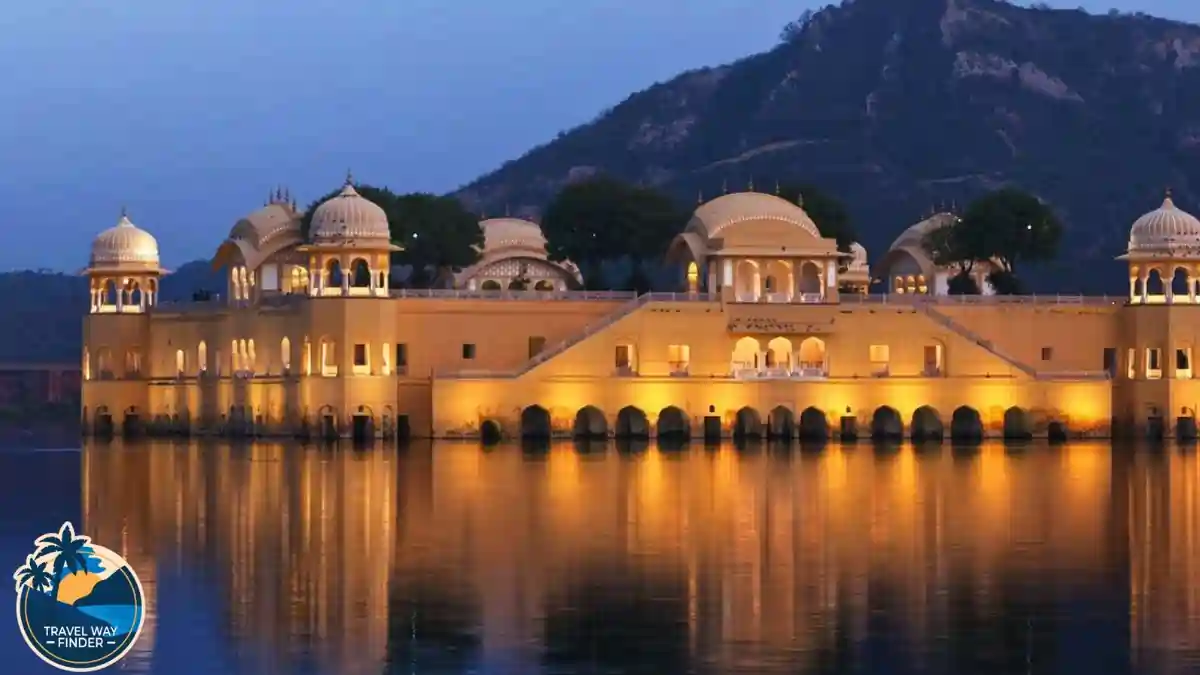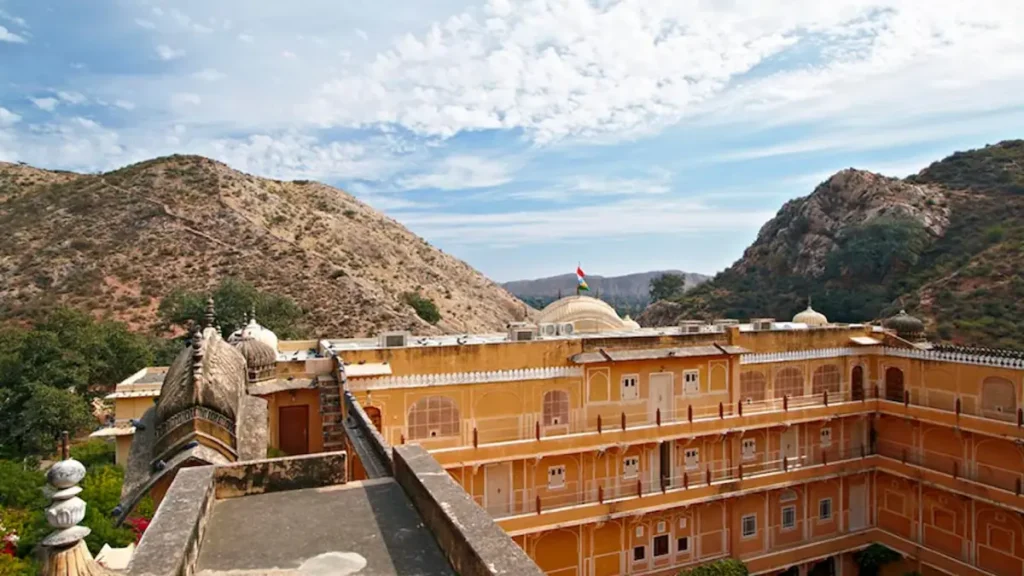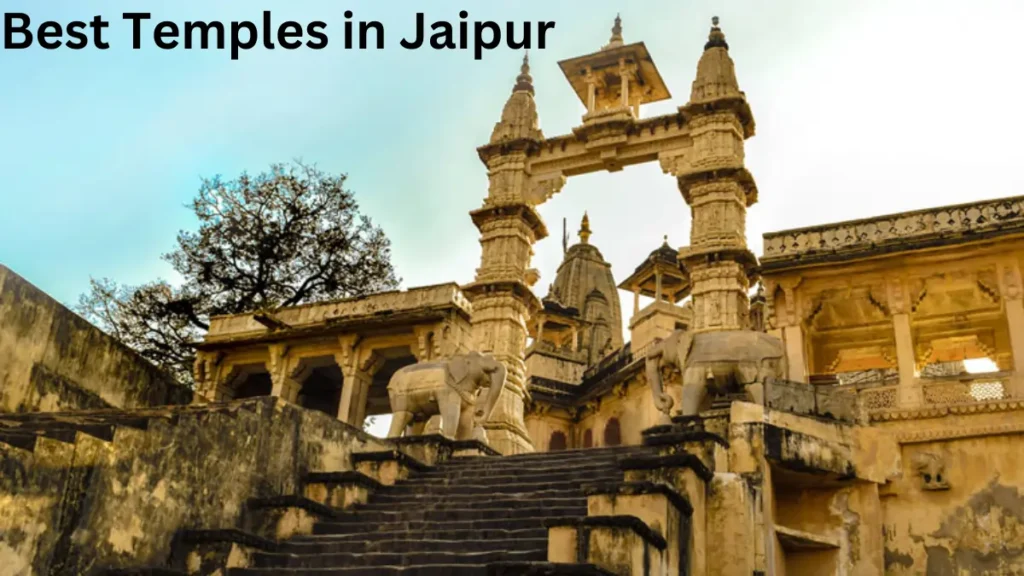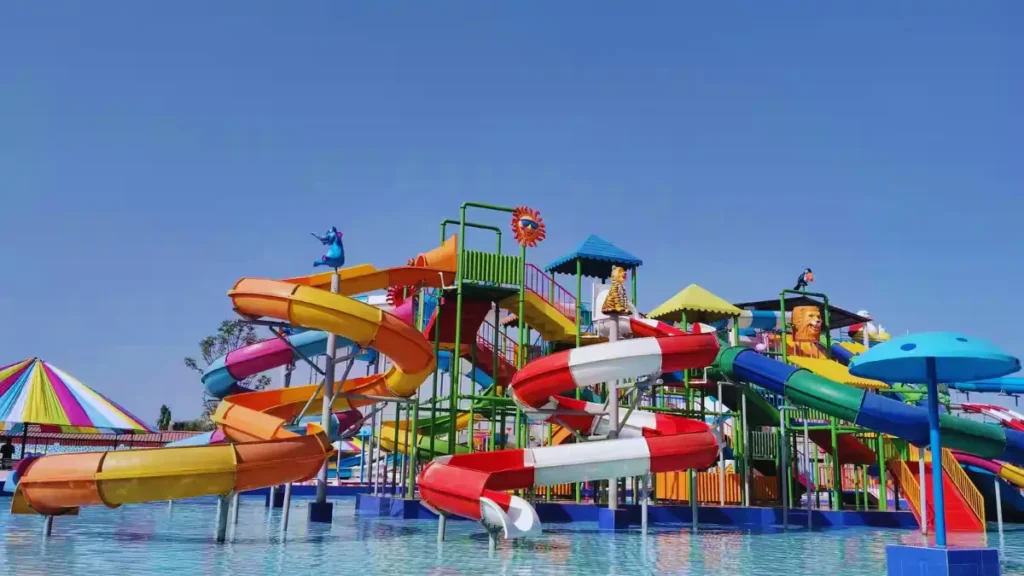As you all know, there are many ancient forts, step-wells, palaces and temples in Jaipur and due to these places, there is a huge crowd of tourists here. Today we are going to introduce you to one such heritage, which has been built for 221 years, but it is still standing with the same pride as it was before. Jal Mahal of Jaipur is also one of these famous heritage places. Located in the middle of Mansagar Lake on the Jaipur-Amer road, this palace was built by Sawai Pratap Singh in 1799 AD.
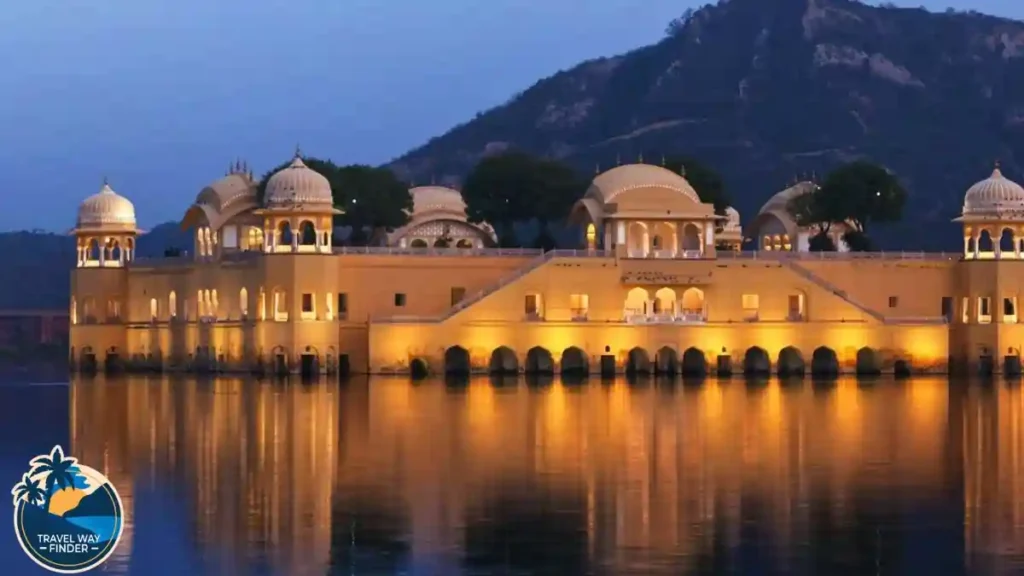
Where is Jal Mahal located?
Jal Mahal is situated in the middle of Mansagar Lake on Amer Road in Jaipur.
Entry Fees of Jal Mahal
There is no entry fee to visit Jal Mahal.
Time to visit Jal Mahal
Timings to visit Jal Mahal are 6:00 am to 6:00 pm.
Note: Jal Mahal is open from Monday to Sunday.
History of Jal Mahal
Located in the middle of Mansagar Lake on the Jaipur-Amer road, this palace was built by Maharaja Sawai Pratap Singh in 1799 AD. Jal Mahal, situated in the womb of Aravalli Hills, is also called ‘Eye Ball’ due to its location in the middle of Mansagar Lake. Apart from this, it was also known as the ‘Romantic Palace in Jaipur‘. Kings and Maharajas used this palace to spend special time with their queens. Apart from this, royal festivals were also held in the palace.
This palace is equipped with arches, turrets, chhatris and terraced gardens like medieval palaces. It is two-storeyed and built in square form. Jalmahal is now also developing as a bird sanctuary. More than 1 lakh trees are planted in the nursery here. Which is guarded day and night and about 40 gardeners are engaged in this work. This nursery is the nursery with the tallest trees in Rajasthan. From here the surrounding views of Man Sagar Lake and Nahargarh Hills look very attractive.
What is the Architecture of the Jal Mahal?
Built of red sandstone, the Jal Mahal reflects a blend of Rajput and Mughal architectural styles and symbolises the time when both these regimes existed in India. Jal Mahal is a five-storey building, when Man Sagar Lake is filled with water from all sides, all four floors of it get submerged in water and then only its top floor is visible.
The depth of the lake is 15 feet and the depth of its lower reaches is 4.9 feet. The four corners of the Jal Mahal are adorned with four octagonal domes or chhatris and there is also a large rectangular dome in the Bengali style that graces the roof at its centre.
Places to Visit near Jal Mahal
- Kanak Vrindavan Mahal (1.4 km)
- Amer Fort (4 km)
- City Palace (4.4 km)
- Anokhi Museum (5.2 km)
- Garh Ganesh Temple (3.7 km)
- Badrinath Temple (5.1 km)
- Govind Dev Ji Temple (5.8 km)
FAQs on Jal Mahal Jaipur
Q.1. Why is Jal Mahal partially underwater?
Ans. The Jal Mahal is partially submerged due to the construction of a dam in the 18th century.
Q.2. Can visitors go inside Jal Mahal in Jaipur?
Ans. Unfortunately, the interior of Jal Mahal is not open to the public, but visitors can admire its beauty from the shore.
Q.3. Who originally commissioned the construction of the Jal Mahal?
Ans. Jal Mahal was commissioned by Maharaja Madho Singh I as a pleasure palace.
Q.4. Who stays in Jal Mahal now?
Ans. Currently, the Jal Mahal is not inhabited, and its interior is not accessible to the public.
Q.5. Why is the entry to Jal Mahal closed?
Ans. Entry to the interior of Jal Mahal is restricted to preserve its historical and architectural integrity.
Q.6. Are guided tours available for the Jal Mahal?
Ans. While visitors cannot explore the inside, they can take guided tours around the exterior to learn about its history and architecture.
Q.7. What makes Jal Mahal architecturally distinct?
Ans. Jal Mahal’s unique feature is its location, partially submerged in Man Sagar Lake, enhancing its visual appeal.
Q.8. Is Jal Mahal open for special events or ceremonies?
Ans. The interior is not open for events, but the picturesque surroundings make it a popular backdrop for various occasions.
